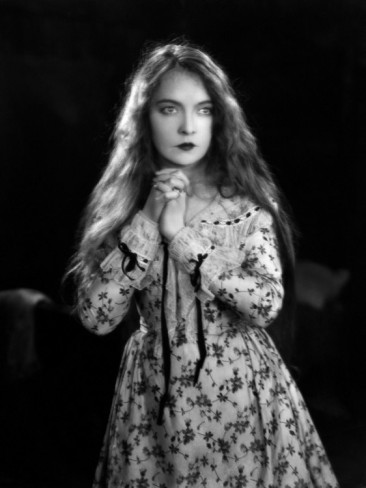This is my contribution to the William Wyler Blogathon, hosted by The Movie Projector. Please click here to read the other wonderful posts covering Mr. Wyler's long and superb career.
A faded ruin seen in twilight can be a beautiful sight. Time, decay, and benign neglect don't usually show a monument to its best advantage, but if she is structurally sound and inherently lovely "age cannot wither her, nor custom stale her infinite variety" (to quote Will S.). Filmed at a time when Hollywood as the natives knew her was thought to be on life support, William Wyler's "How To Steal a Million" was made while pieces of the great studio system fell around it like a burning building.
A faded ruin seen in twilight can be a beautiful sight. Time, decay, and benign neglect don't usually show a monument to its best advantage, but if she is structurally sound and inherently lovely "age cannot wither her, nor custom stale her infinite variety" (to quote Will S.). Filmed at a time when Hollywood as the natives knew her was thought to be on life support, William Wyler's "How To Steal a Million" was made while pieces of the great studio system fell around it like a burning building.
The old gal hadn't quite stopped breathing in 1966. Studio-backed films such as "The Bible," The Sand Pebbles," and "Hawaii" still pulled in big bucks at the box office, but change was imminent. Cary Grant made his last movie, "Walk Don't Run," that year and hard on Hollywood's heels was a leaner, meaner, grittier international product that was all the buzz. "Alfie," "Who's Afraid of Virginia Woolf?," "Georgy Girl" and "Blow Up" were the anti-Hollywood "in" films to see. Blast-from-the-past directors like Alfred Hitchcock ("Torn Curtin") and Billy Wilder ("The Fortune Cookie") were still in the game, but films were shifting focus from the star to auteur-directors such as Mike Nichols, Michelangelo Antonioni, and Claude Lelouch. Hitchcock could easily move to center-stage when called upon, but this was not so easy for William Wyler.
 |
| The chemistry between the 2 stars is undeniable |
 |
| Hepburn & Givenchy: there can never be too much |
 |
| Everything Audrey did and wore in this film was ultra glamorous and ultra chic |
 |
| Dressed for a caper as only Audrey can |
 |
| Looking very "swinging sixties" |
Filmed in and around Paris, Wyler and company create a chic, madcap comedy of crime and love. And never discount the role of "the look" as a major character in any Audrey Hepburn film. Givenchy is ever-present in a series of gorgeous get-ups (except when Audrey has to don the duds of a scrub woman - with glittery eye shadow), sports cars abound and everyone looks just ooh-la-la. Charles Boyer is on hand for authentic Gallic charm, Hugh Griffith and Eli Wallach lend solid comic support and John William's score (scoring always being an asset in a Wyler film) adds to the general overall sense of romantic delight.
Standing in the sidelines of all the cinematic grandeur and all of the folly that followed, "How To Steal a Million" still stands today as exactly what it was meant to be; a delightful, beautiful, glamorous escape. This was the product that professional Hollywood perfected and was perfectly served up by one of its master craftsmen. Wyler is in complete control of this sweet cinematic bon bon and, as with all sophisticated and slightly expensive sweets, it is a pleasure for more than one of the senses. Whether they knew it or not, it was a fond farewell to Audrey's "girl" character and to the sumptuous productions that could only be made by a state of mind called Hollywood. But, as they say in the backstretch, breeding tells. Today, this film holds up just as well, if not better, than so many of the "hot" movies that were the critics' darlings that year. When you build with good material and your builder is a master like William Wyler, the ruin stands tall in the twilight while the upstarts crumble like dust at its feet.
 |
| Care to join me in a caper? Not quite a classic, but lots of fun! |



























